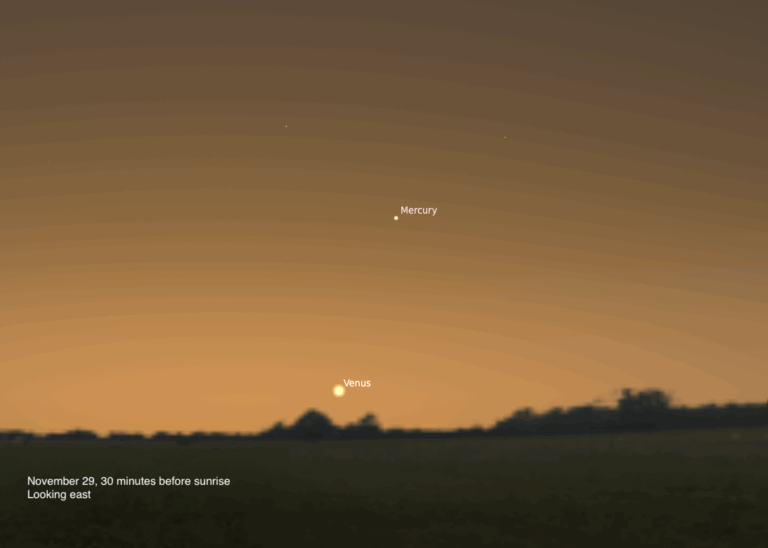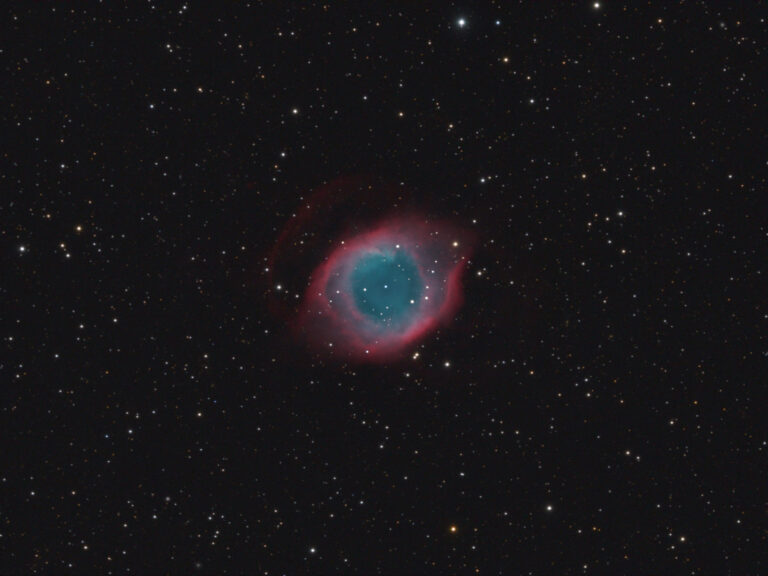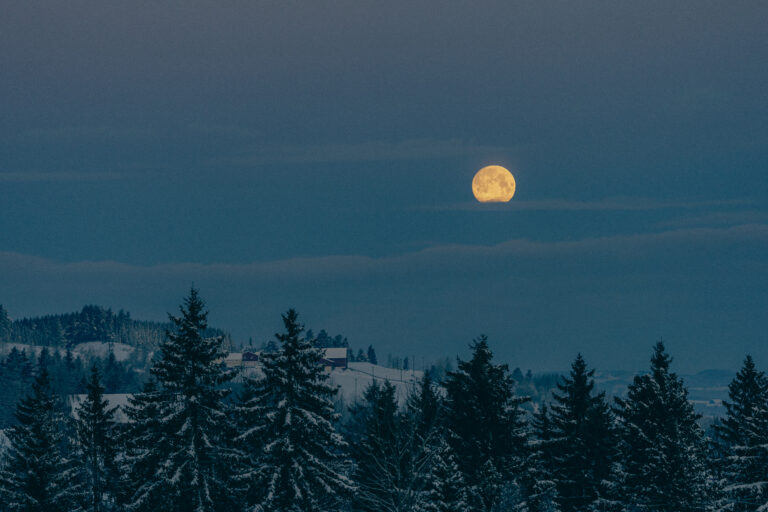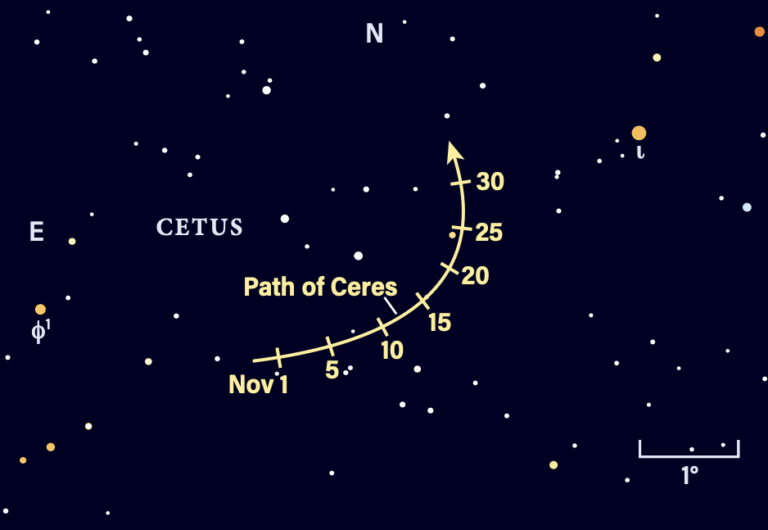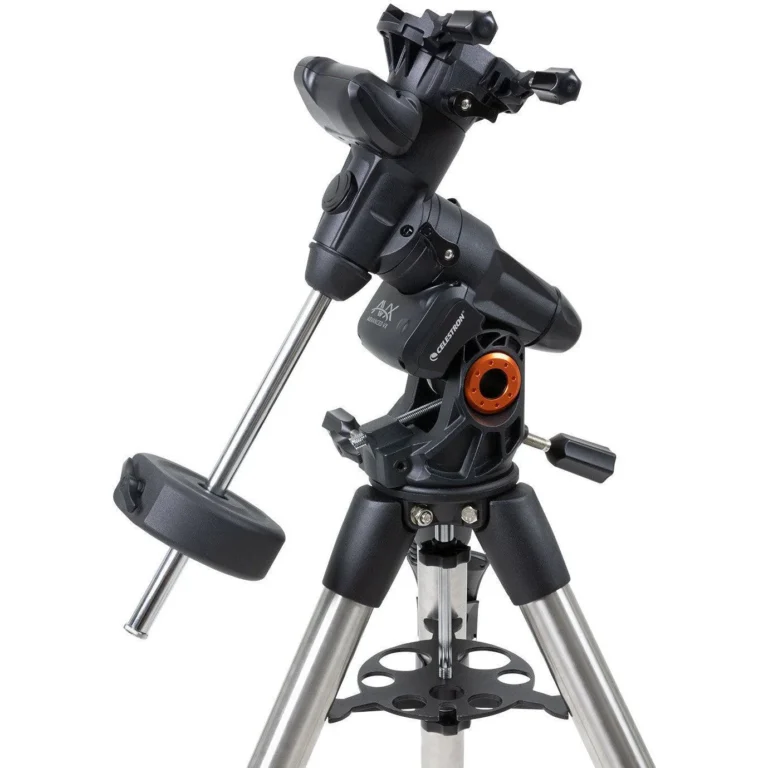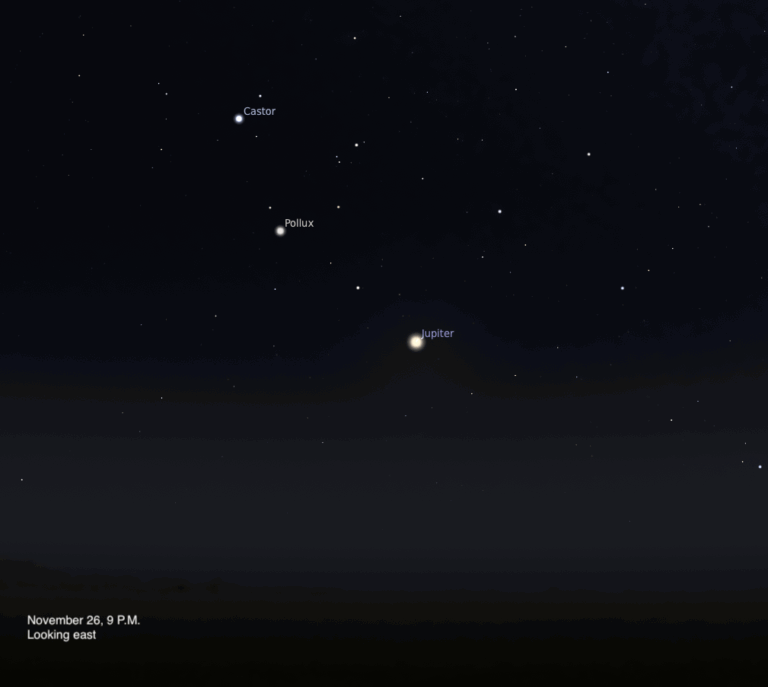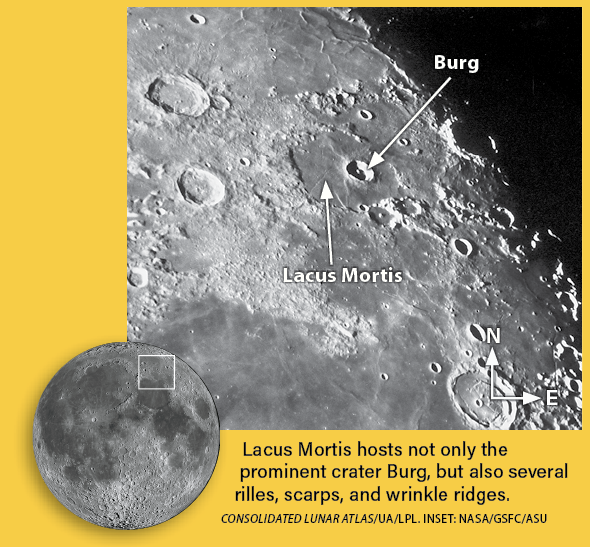Key Takeaways:
- While stars do not intrinsically emit purple light, atmospheric phenomena such as scattering and lensing effects can produce the perception of purple hues in astronomical observations.
- Examples of such atmospheric effects resulting in purple coloration include the violet flash at sunset, purple twilight, and indigo rainbow bands.
- The perception of purple in stars can also be influenced by simultaneous color contrast illusions, potentially leading to misinterpretations of stellar color.
- Historical accounts, such as those by William Henry Smyth, document observations of seemingly purple stars, possibly attributed to color contrast perception.
Examples of the last include the violet flash at sunset, the purple light of twilight, the indigo bands of a rainbow, or the face of New Moon during a total solar eclipse. All these are fantastically purple, yet the opportunities to see them are generally uncommon.
Even simultaneous color-contrast illusions combined with a nervous atmosphere can trick us into believing we can see the color purple in some stars. The 19th-century English astronomer William Henry Smyth was a master of simultaneous color-contrast perception. He noted, for example, that double star Eta (η) Cassiopeiae has a bright white primary with a lilac secondary.
Astronomy magazine subscribers can read the full article for free. Just make sure you’re registered with the website.

